The Inequality in Pay for Women’s Soccer
November 8, 2020
The battle for equal pay didn’t begin with the World Cup, but it was strengthened by the event. The U.S. women’s soccer community has been fighting for equality for some time. The equal pay chants got directed at both U.S. Soccer and FIFA, the world governing body of soccer, who just so happens to put on the World Cup.
In 2018, the men’s tournament had $400 million in prize money to distribute to the 32 competing teams. FIFA awarded $30 million in prize money to distribute to the 24 competing teams for the 2019 women’s tournament. The men received more than double the amount a year ago. Even though there were not as many teams competing in the women’s tournament, the money gap should not be that big.
Although FIFA president Gianni Infantino has said he wants to double the amount of prize money for the women’s tournament by 2023, the gap between the genders could grow, with FIFA expected to award $440 million for the men’s tournament in 2022. So by 2022, the men’s tournament will get $440 million, and by 2023 the women’s tournament will attain $60 million. The actual winner of the Men’s 2018 World Cup received $38 million, while the winner of the Women’s 2019 World Cup only got $4 million, which is just sad.
In 2016, five members of the USWNT, Carli Lloyd, Hope Solo, Alex Morgan, Rapinoe, and Becky Sauerbrunn, filed a complaint against the United States Soccer Federation (U.S. Soccer) with the Equal Employment Opportunity Commission, (EEOC). The EEOC never issued a decision on the case, and in the meantime, the women signed a new collective bargaining agreement with U.S. Soccer.
The tension was already rising. On March 8, which just so happens to be International Women’s Day, 28 members of the United States Women’s National Team filed a different lawsuit against U.S. Soccer, accusing them of gender discrimination. The complaint was filed in California district court and argued that U.S. Soccer has policies and practices of discriminating against players of the women’s national team based on gender. The lawsuit states that U.S. Soccer violates two federal laws: the Equal Pay Act and Title VII of the Civil Rights Act of 1964. Title VII prohibits employment discrimination based on race, color, religion, sex, and national origin.
Ok, so why did the court rule against the U.S. Women’s Soccer claim? The court granted USSF’s motion for two main reasons.
The first reason was the idea that the USWNT made more money as a group and per game. The MNT earned $18 million, which resulted in a pay rate of $212,639 per game. The WNT earned $24 million with a pay rate of $220,747 per game.
There is an ironic counterargument here: the MNT made less money. But they made less because they performed poorly compared to the WNT. For example, the MNT lost four times more games than the WNT despite having played fewer games. If the MNT had played just a little bit better on the field, such as qualifying for the 2018 World Cup, their pay rate would have jumped to more than $250,000 per game. The MNT would have made more money per game by qualifying for the 2018 World Cup then losing every single game in the tournament.
But the most damaging argument against the USWNT relates to the current WNT CBA, (collective bargaining agreement). Judge Klausner outlined how the WNT asked for performance bonuses that matched what was in the MNT’s CBA, but the USSF refused to accept this request because the WNT also asked for guaranteed pay and benefits.
In other words, Judge Klausner stated that the WNT could have asked for the same CBA as the MNT, but deliberately chose not to because it would have meant giving up guaranteed compensation. The WNT had the opportunity to get the same pay structure as the MNT if they would have only been willing to give up the guaranteed pay and benefits.











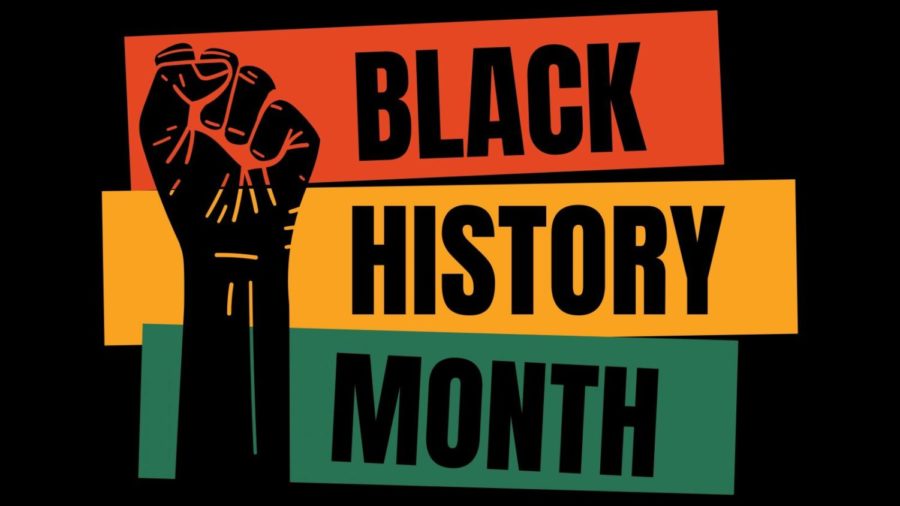






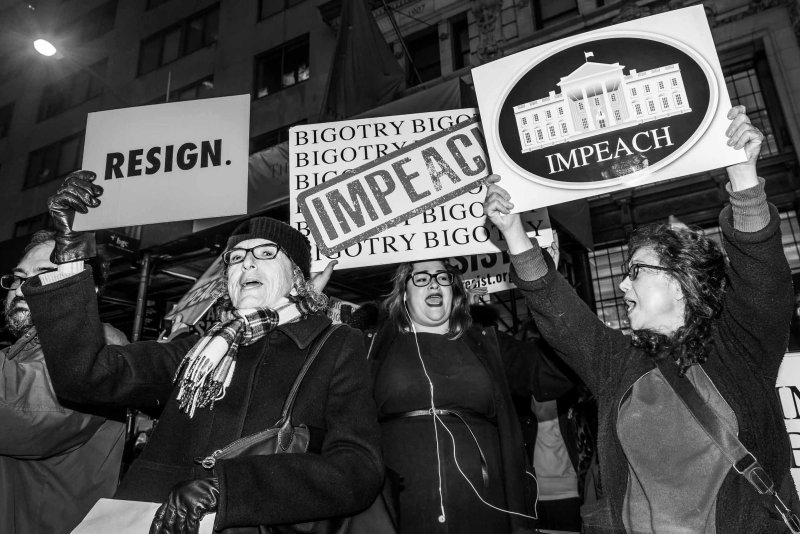














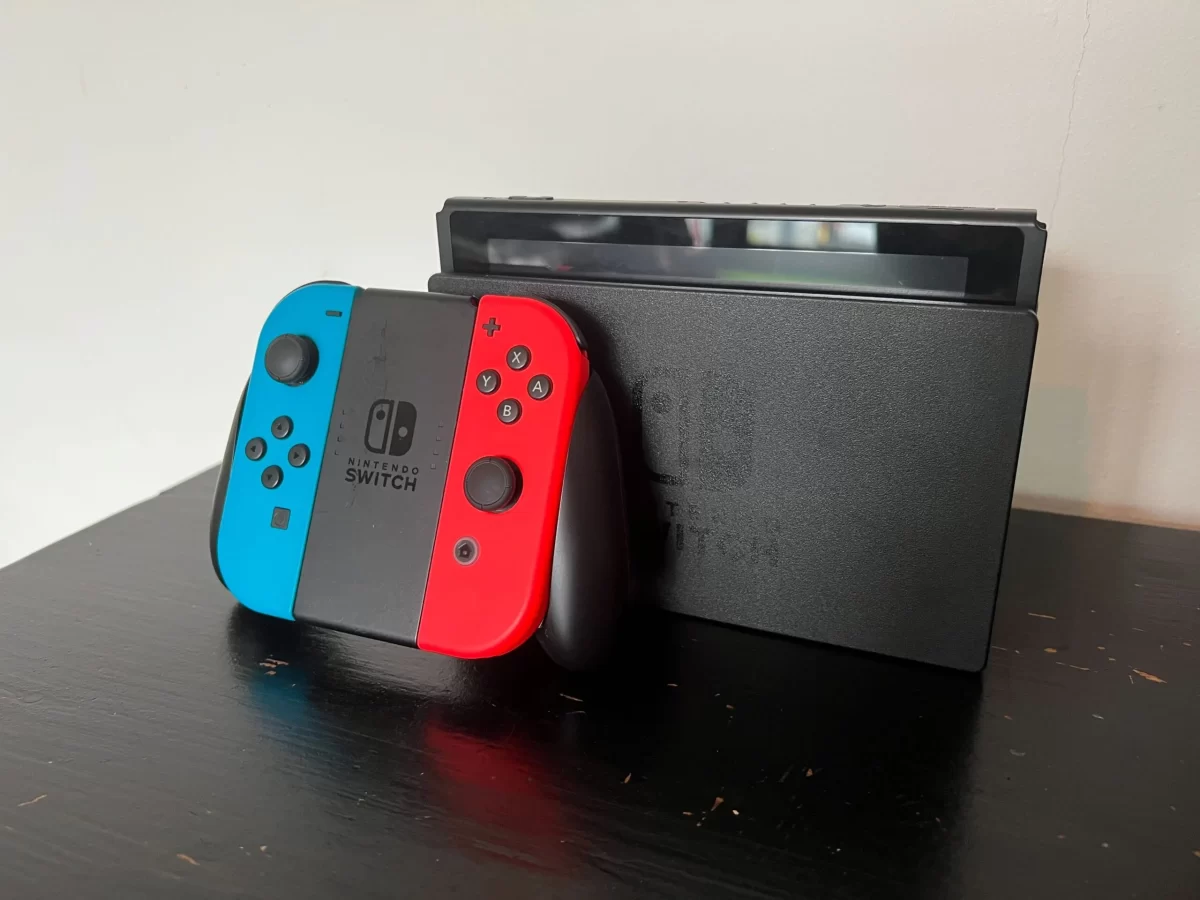










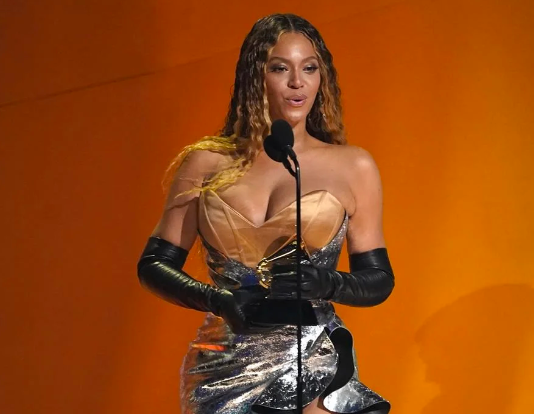















































































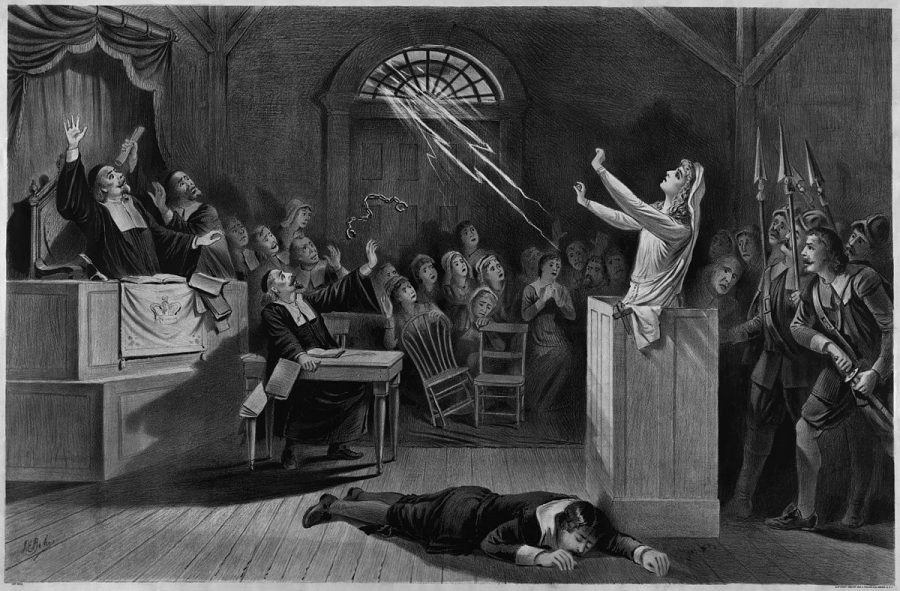







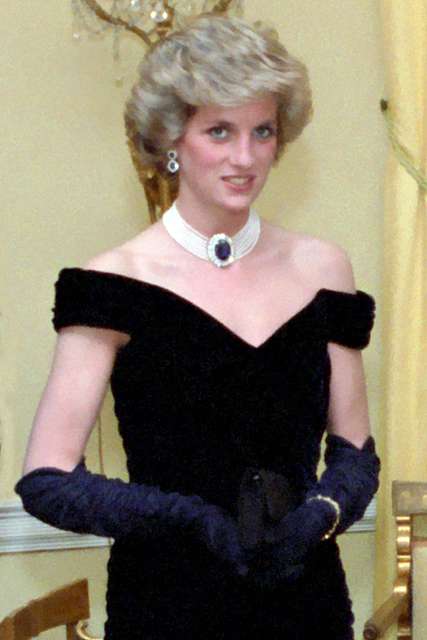


























































Grace Hertel • Nov 9, 2020 at 9:58 am
I love the structure and that topic is super important.